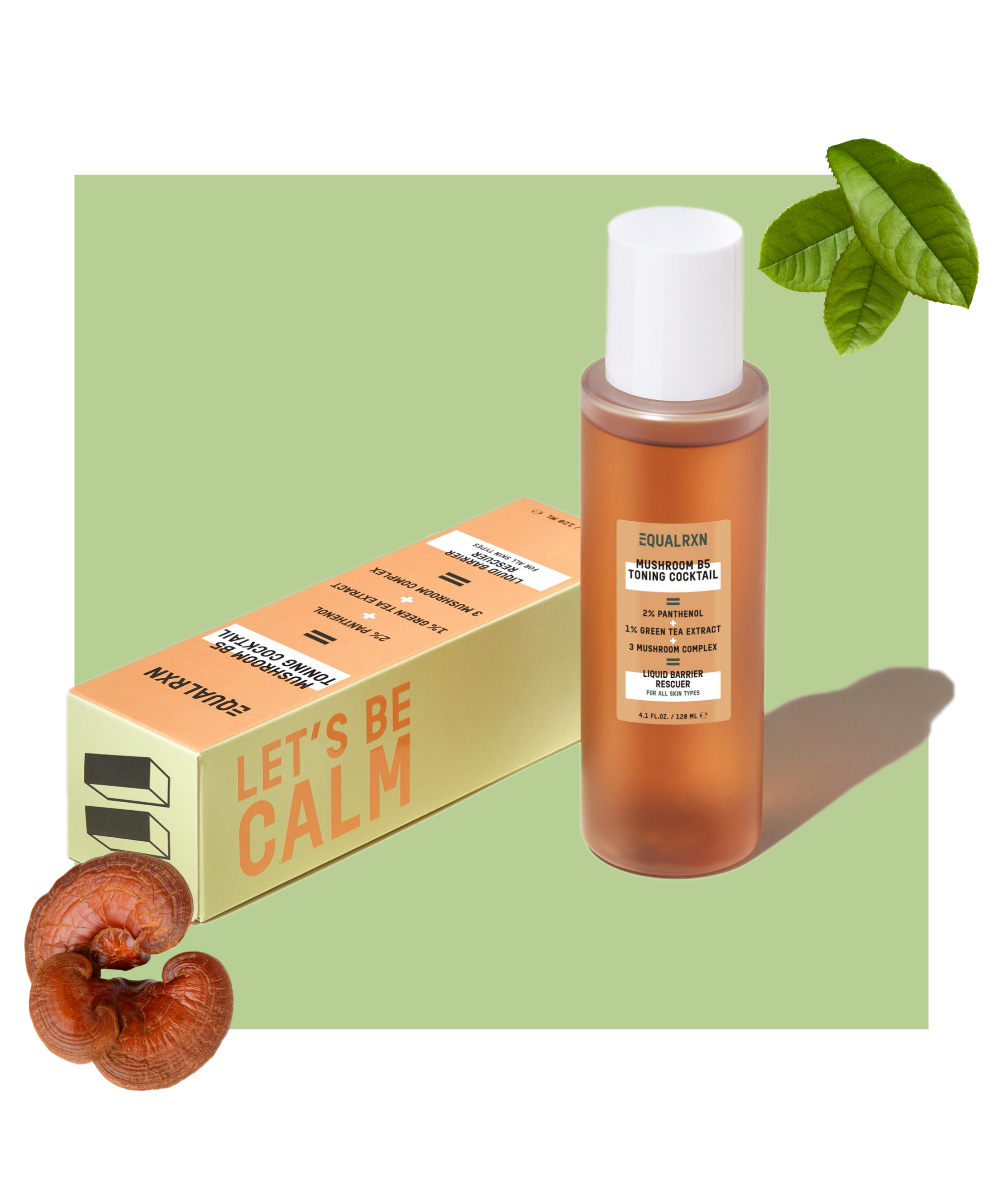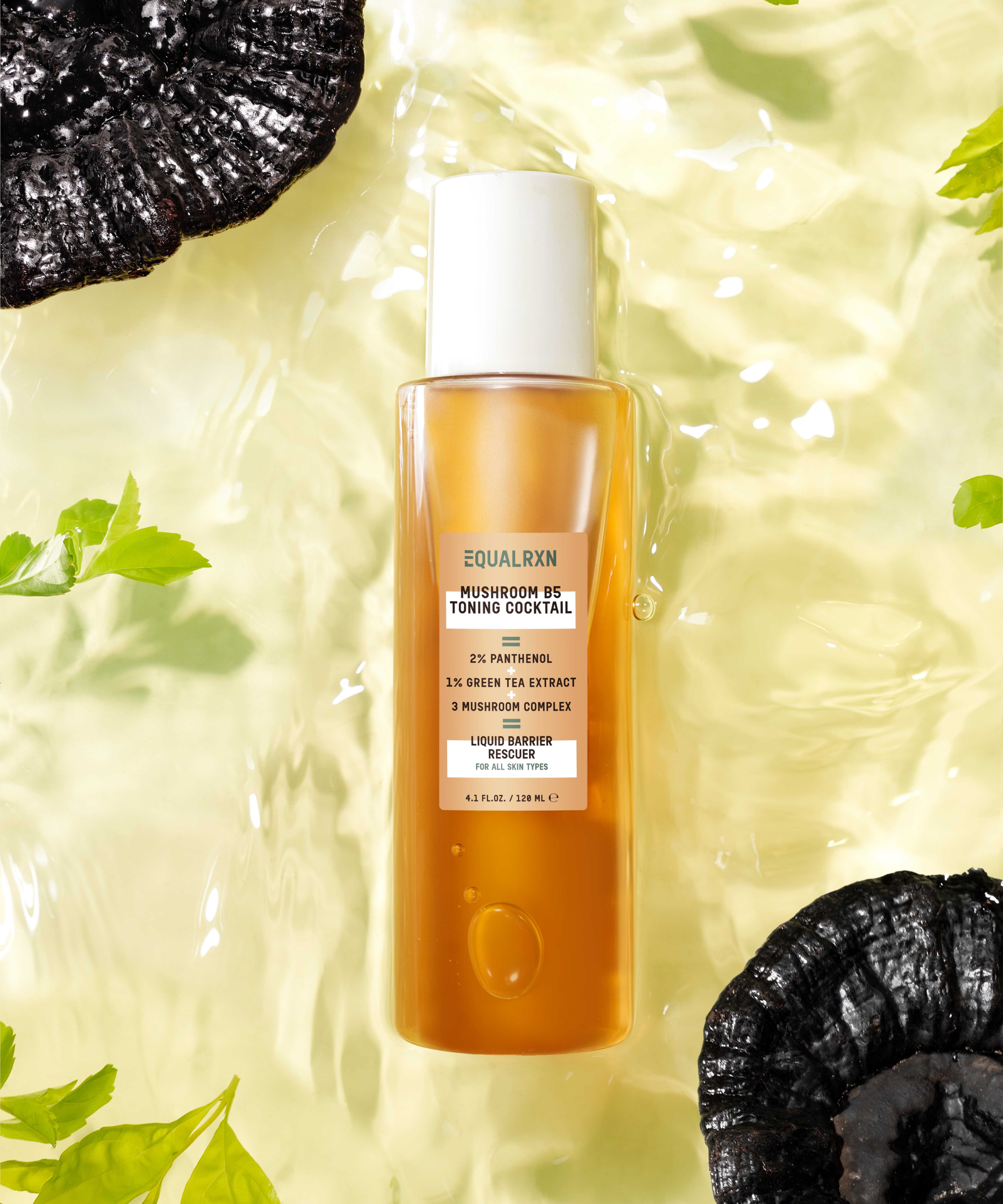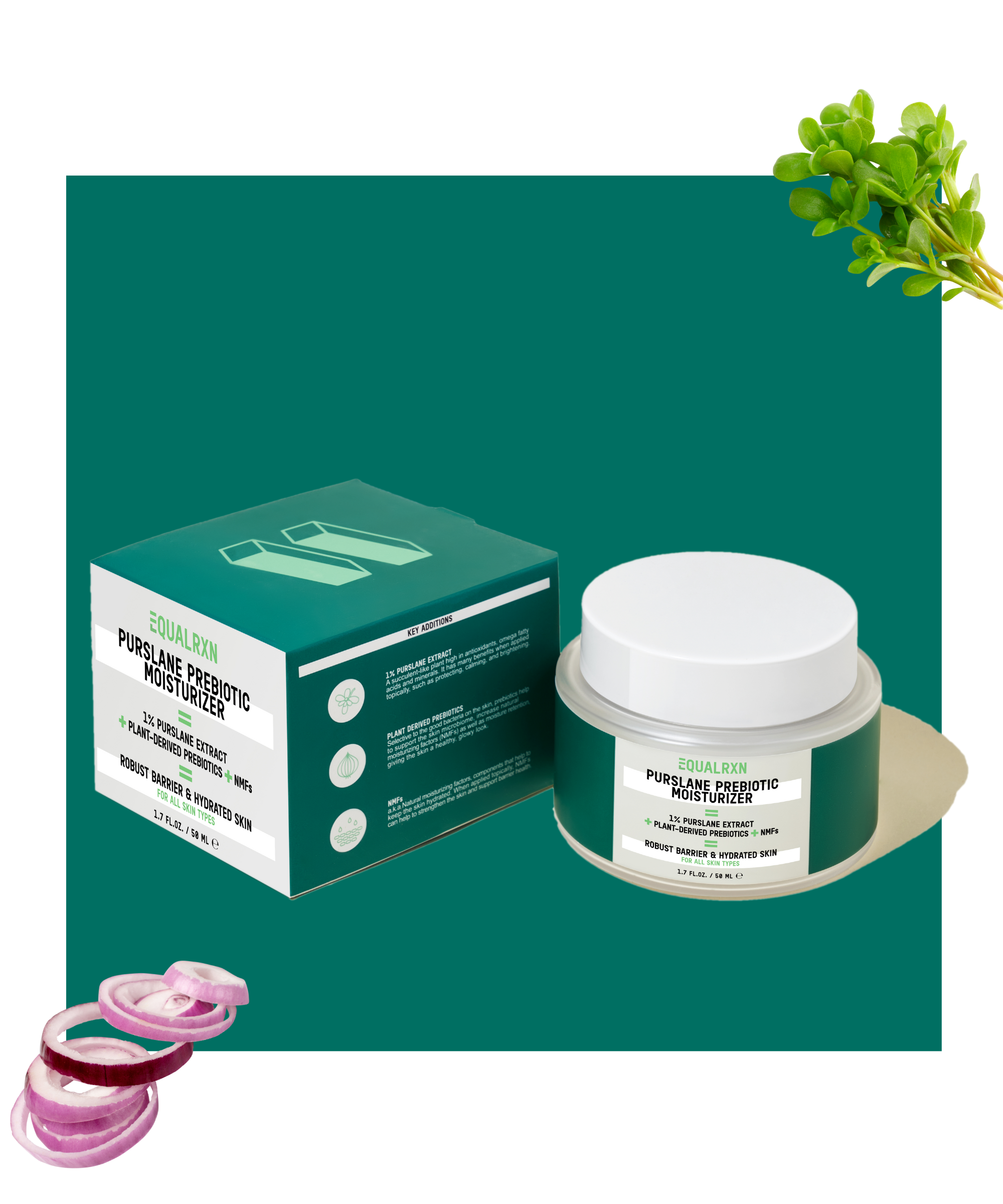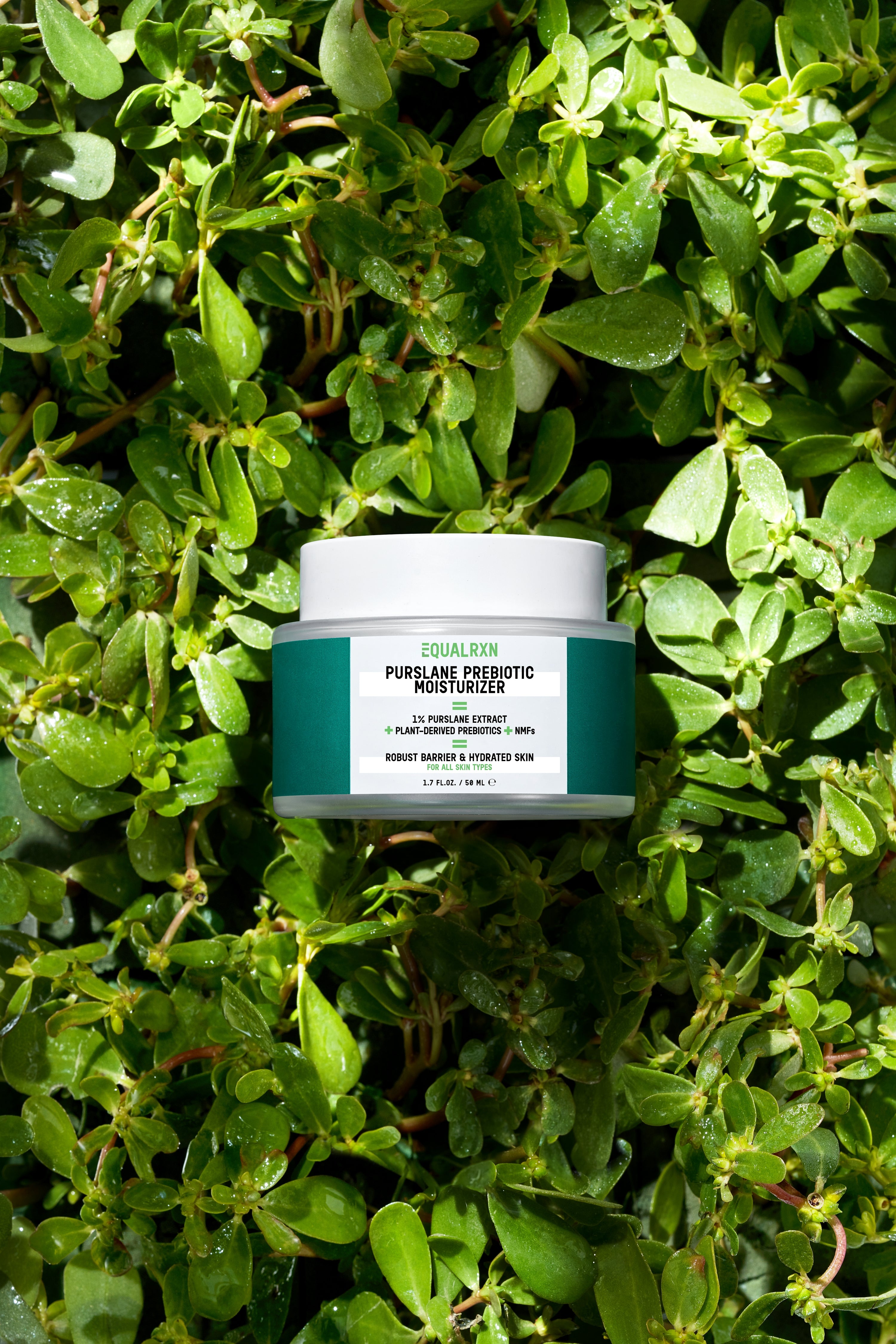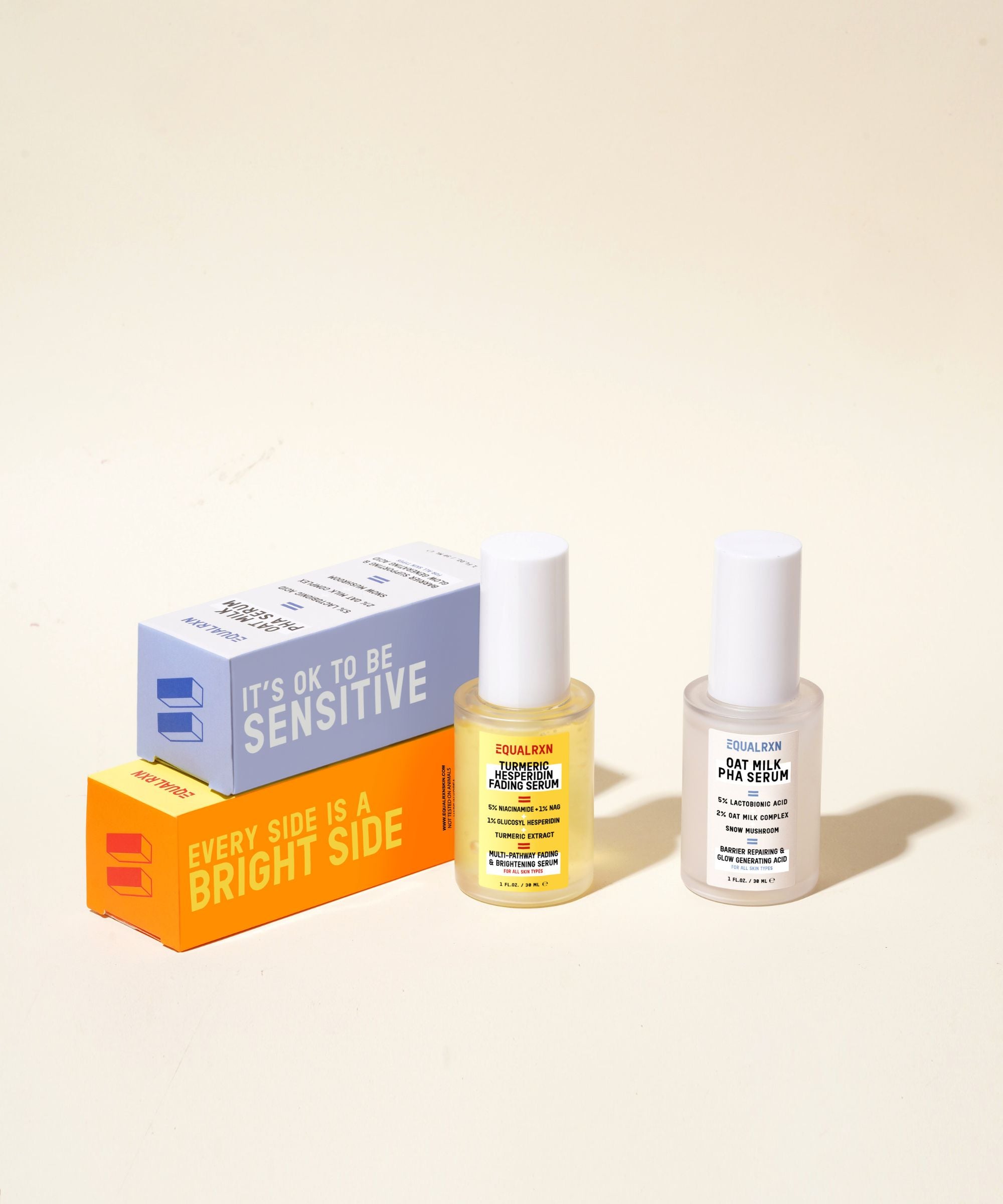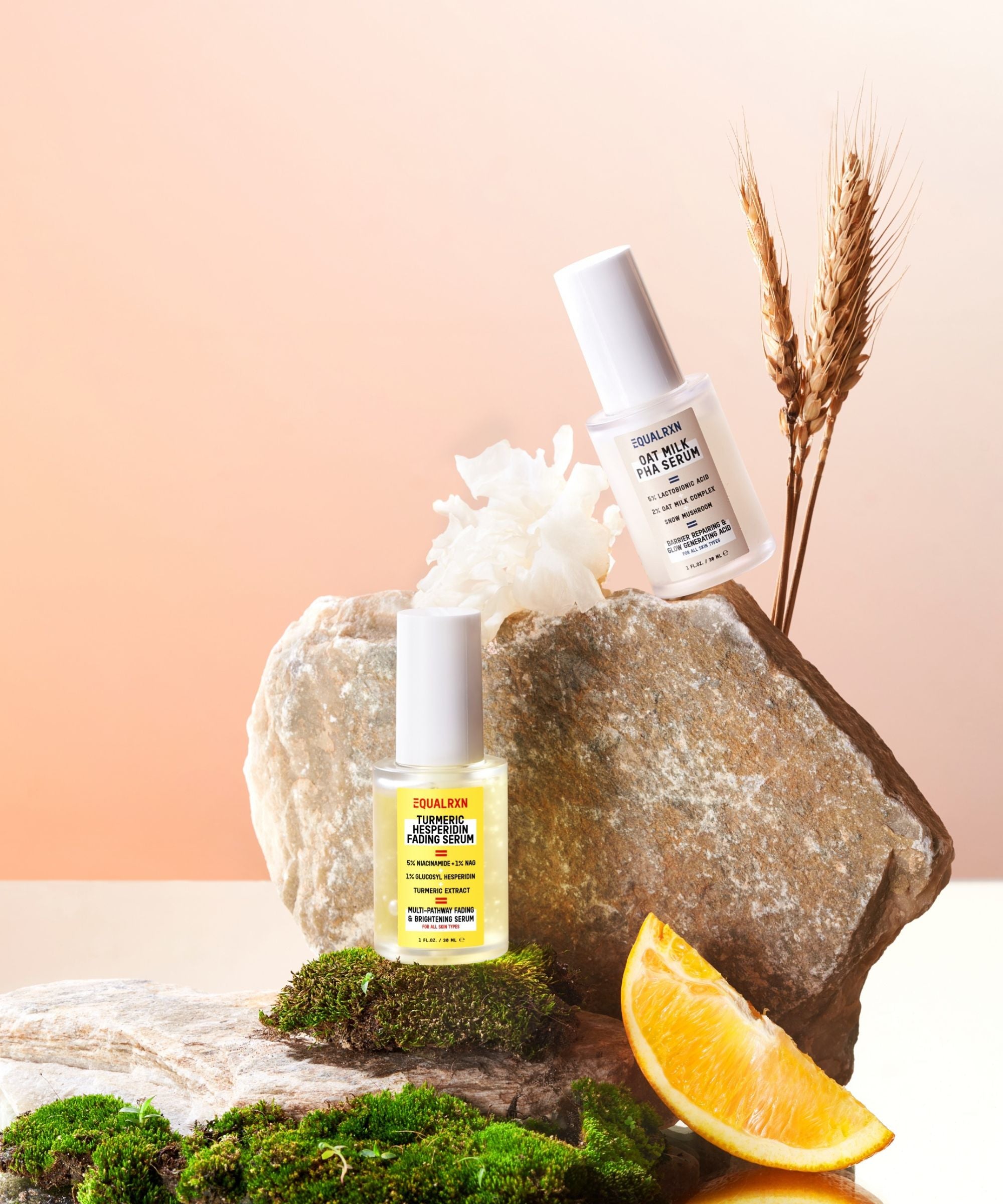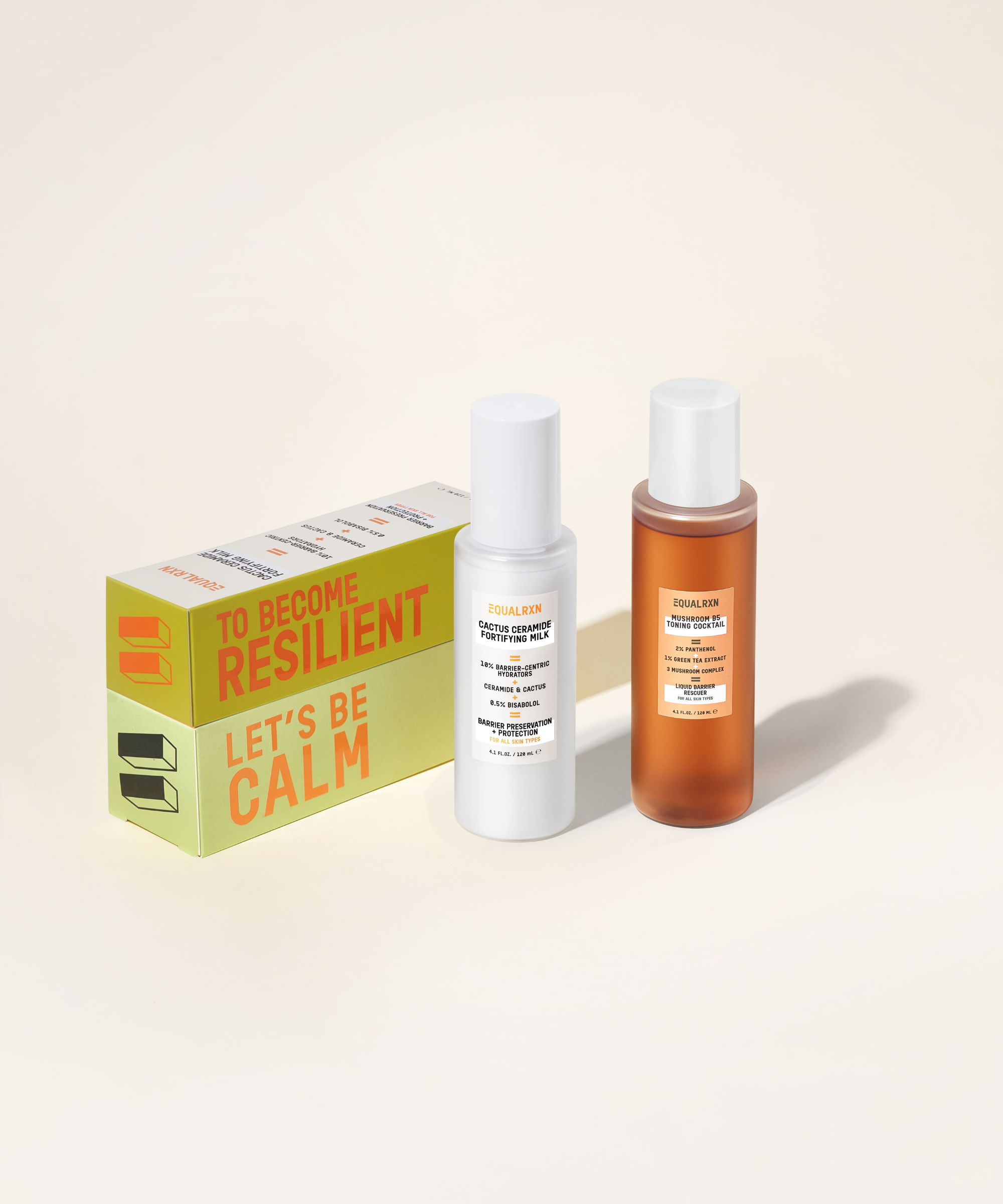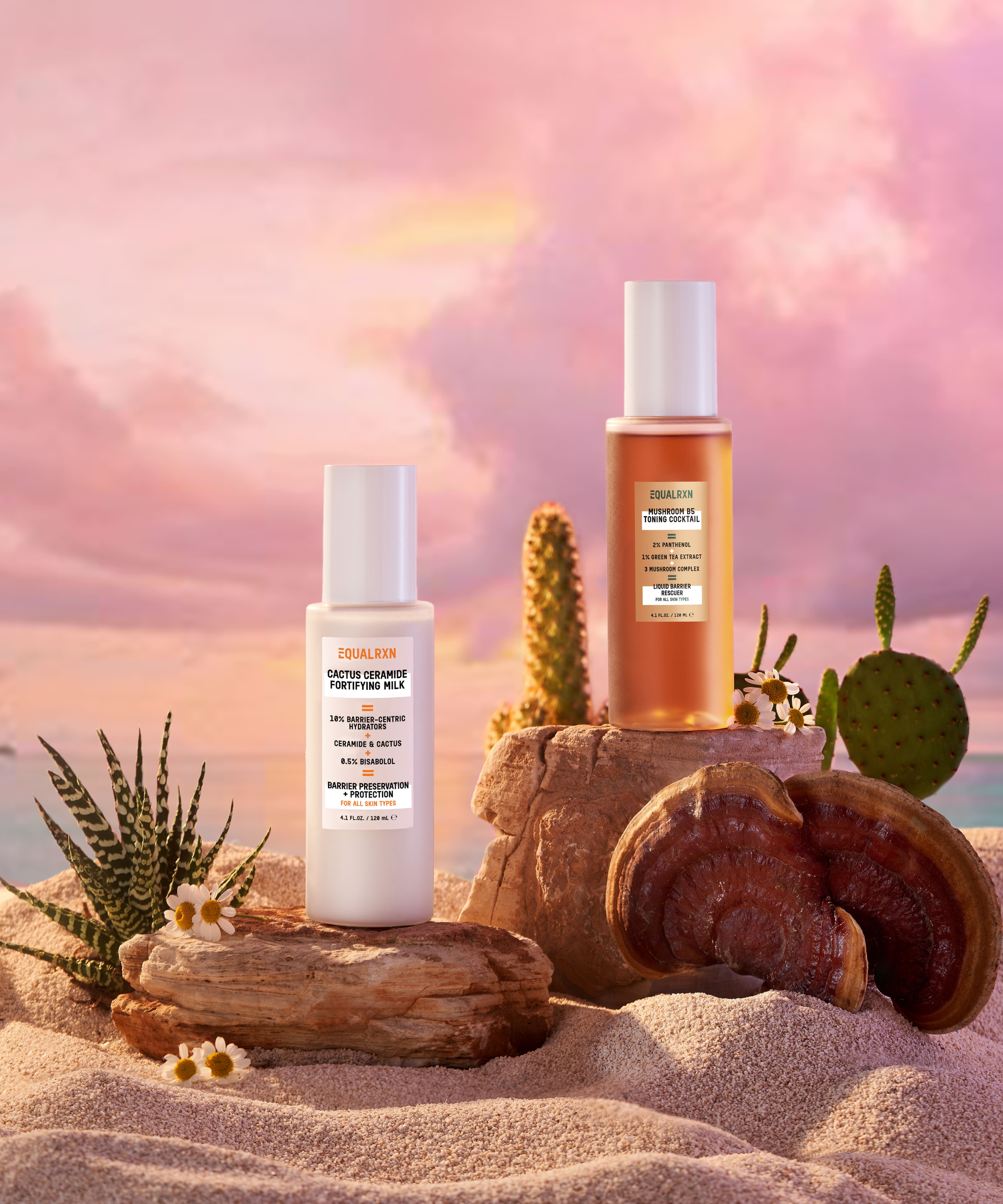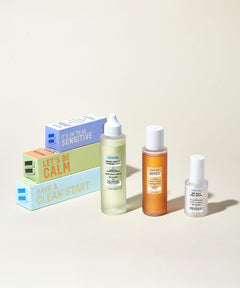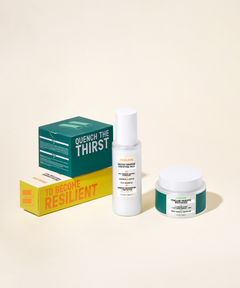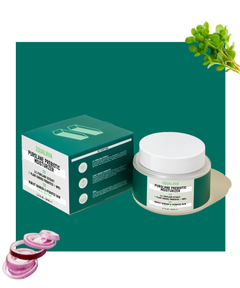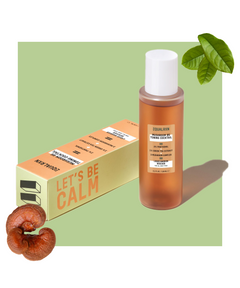What is Spirulina Platensis Powder?
Spirulina platensis powder is derived from blue-green algae known for its nutrient-rich profile, including proteins, vitamins (B vitamins, vitamin E), minerals (iron, calcium, magnesium), essential fatty acids, and antioxidants like phycocyanin and beta-carotene. In skincare, it's valued for nourishing the skin, providing antioxidants, supporting collagen production, and promoting overall skin health through its soothing and hydrating properties.
How does this ingredient work in skincare?
Spirulina platensis powder enriches skincare formulations with its potent antioxidant content, including phycocyanin and beta-carotene, which protect against oxidative stress and premature aging. Rich in proteins, vitamins (such as B vitamins and vitamin E), minerals (like iron and magnesium), and essential fatty acids, Spirulina nourishes and hydrates the skin, supporting overall skin health and vitality. Its anti-inflammatory properties soothe irritation and redness, while its ability to promote collagen production enhances skin elasticity and reduces the appearance of wrinkles.
How does this ingredient compare to others?
Spirulina platensis powder distinguishes itself in skincare with a robust combination of potent antioxidants such as phycocyanin and beta-carotene, surpassing the antioxidant capabilities of singular compounds like vitamin C or green tea extract. Beyond antioxidants, Spirulina's nutrient density, including proteins, B vitamins, vitamin E, iron, magnesium, and essential fatty acids, provides comprehensive nourishment that goes beyond the singular benefits of ingredients like hyaluronic acid or niacinamide. Its anti-inflammatory properties are broader in scope compared to ingredients like chamomile or aloe vera, making it effective for soothing sensitive or irritated skin. Additionally, Spirulina promotes collagen synthesis with its amino acids, supporting skin firmness and elasticity more directly than ingredients solely focused on hydration or anti-aging.
Potential benefits of this ingredient for the skin
- Antioxidant Protection: Rich in phycocyanin and beta-carotene, Spirulina helps combat free radicals, reducing oxidative stress and protecting skin cells from premature aging.
- Nourishment: Contains proteins, vitamins (B vitamins, vitamin E), minerals (iron, magnesium), and essential fatty acids, providing deep nourishment to support overall skin health and vitality.
- Anti-Inflammatory: Helps soothe and calm irritated skin, making it beneficial for sensitive skin types or conditions prone to inflammation.
- Hydration: Supports the skin barrier function, enhancing moisture retention and promoting hydration for a plump and supple complexion.
- Collagen Support: Promotes collagen production, improving skin elasticity and reducing the appearance of fine lines and wrinkles.
- Detoxification: Assists in detoxifying the skin by removing toxins and impurities, helping to achieve a clearer and more radiant complexion.
- Cell Regeneration: Stimulates cellular regeneration and renewal, aiding in the repair of damaged skin and promoting a smoother texture.
Products we use this ingredient in
Spirulina Zinc Treatment Loose Powder
References
- Józsa, Liza et al. “Formulation of Creams Containing Spirulina Platensis Powder with Different Nonionic Surfactants for the Treatment of Acne Vulgaris.” Molecules (Basel, Switzerland) vol. 25,20 4856. 21 Oct. 2020, doi:10.3390/molecules25204856
- Zhou, Yue et al. “Stability and bioactivities evaluation of analytical grade C-phycocyanin during the storage of Spirulina platensis powder.” Journal of food science vol. 89,3 (2024): 1442-1453. doi:10.1111/1750-3841.16931

